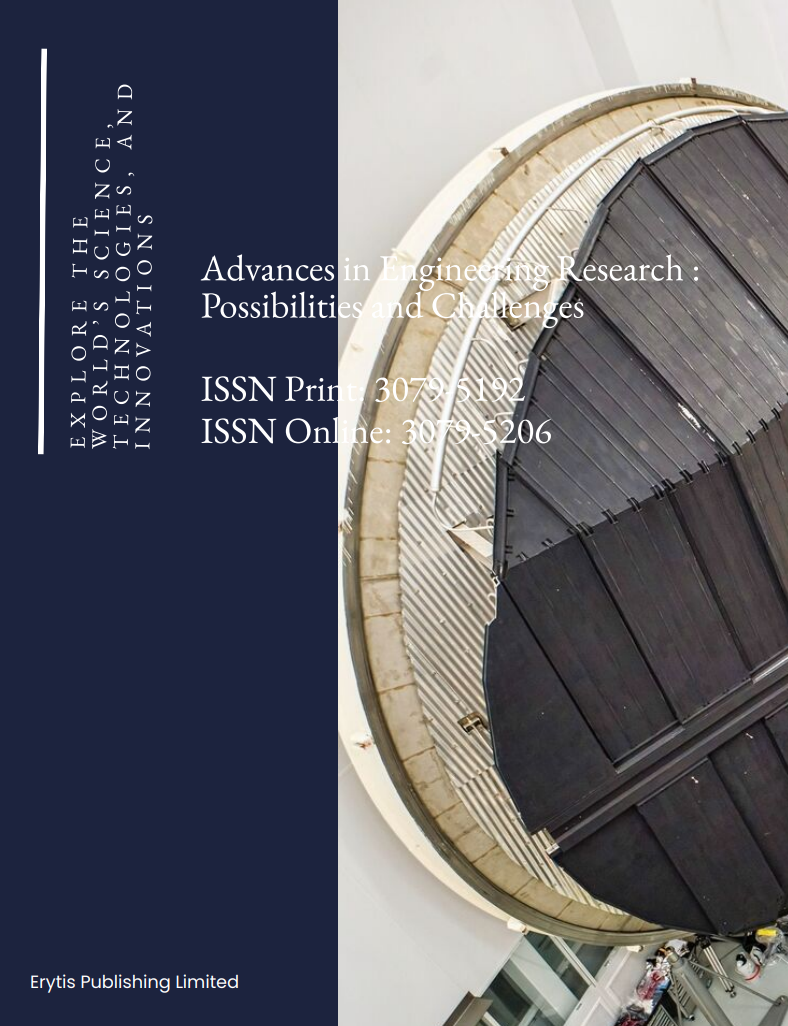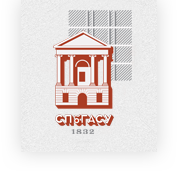Implementation and Optimization of Generative Adversarial Networks in Handwriting Image Modeling
DOI:
https://doi.org/10.63313/AERpc.2015Keywords:
Generative Adversarial Networks, MNIST, Fully Connected Neural Networks, La-bel Smoothing, Batch NormalizationAbstract
Generative Adversarial Networks (GAN), as an important research direction in the field of deep learning in recent years, have been widely used in many fields such as image and speech due to their excellent data generation ability. In this paper, an adversarial model for MNIST handwritten digital image generation is designed and implemented based on the classical GAN framework. The model adopts fully connected neural networks to construct the generator and discriminator and com-bines optimization techniques such as Label Smoothing and Batch Normalization to improve the training stability and image generation quality effectively. Through experiments on the MNIST dataset, this paper systematically analyzes the training process of the model and its performance. The results demonstrate that the model can gradually learn the distribution characteristics of real images and generate handwritten digital images with clear morphology and a reasonable structure, ver-ifying the effectiveness and feasibility of the designed method. The research in this paper not only deepens the understanding of the working mechanism of GAN but also provides a foundation and reference for subsequent research on image generation in more complex scenes.
References
[1] PAN Miaozhong,WANG Yingyi. Dual encoder image forgery detection based on Con-vNeXt-Mamba[J/OL]. Computer Engineering and Applications,1-11[2025-03-26].Hu, T. and Desai, J.P. (2004) Soft-Tissue Material Properties under Large Deformation: Strain Rate Effect. Proceedings of the 26th Annual International Conference of the IEEE EMBS, San Francisco, 1-5 September 2004, 2758-2761.
[2] LI Zhongwei,LI Keyi,LIU Xin. Sequential recommendation algorithm based on data aug-mentation and fused self-attention[J/OL]. Computer Engineering,1-14[2025-03-26].
[3] Z.W. Li, K .Y. Li, X. Liu. Sequential recommendation algorithm based on data augmentation and fused self-attention[J/OL]. Computer Engineering,1-14[2025-03-26]..
[4] Fan Li. Research and application of image data enhancement technology based on gene-ra-tive adversarial network [D]. Zhejiang University,2022.
[5] W.C. Liu, K.W. Guo. A review of research on attack and defense methods for deep neural network visual model adversarial robustness[J]. Network Security Technology and Ap-pli-cation,2025,(01):42-48.
[6] Ren X.W., Wang R., Zhao S., et al. Text Intent Recognition Method Based on VAE-GAN and Improved RoPE[J/OL]. Journal of Shaanxi University of Science and Techno-lo-gy,1-8[2025-03-26].
[7] Xindong Zhao, Chunyu Liu, Chen Wang, et al. A computational imaging method for simple optical system of remote sensing camera based on MsRN-Deblur TransGAN generative adversarial network[J/OL]. Advances in Lasers and Optoelectronics,1-29[2025-03-26].
[8] Yinlong Kan, Xuebin Chen, Zhongrui Jing, et al. A data enhancement scheme in federated learning based on conditional generative adversarial networks[J/OL]. Computer Appli-ca-tions,1-16[2025-03-26].
Downloads
Published
Issue
Section
License
Copyright (c) 2025 by author(s) and Erytis Publishing Limited.

This work is licensed under a Creative Commons Attribution 4.0 International License.















